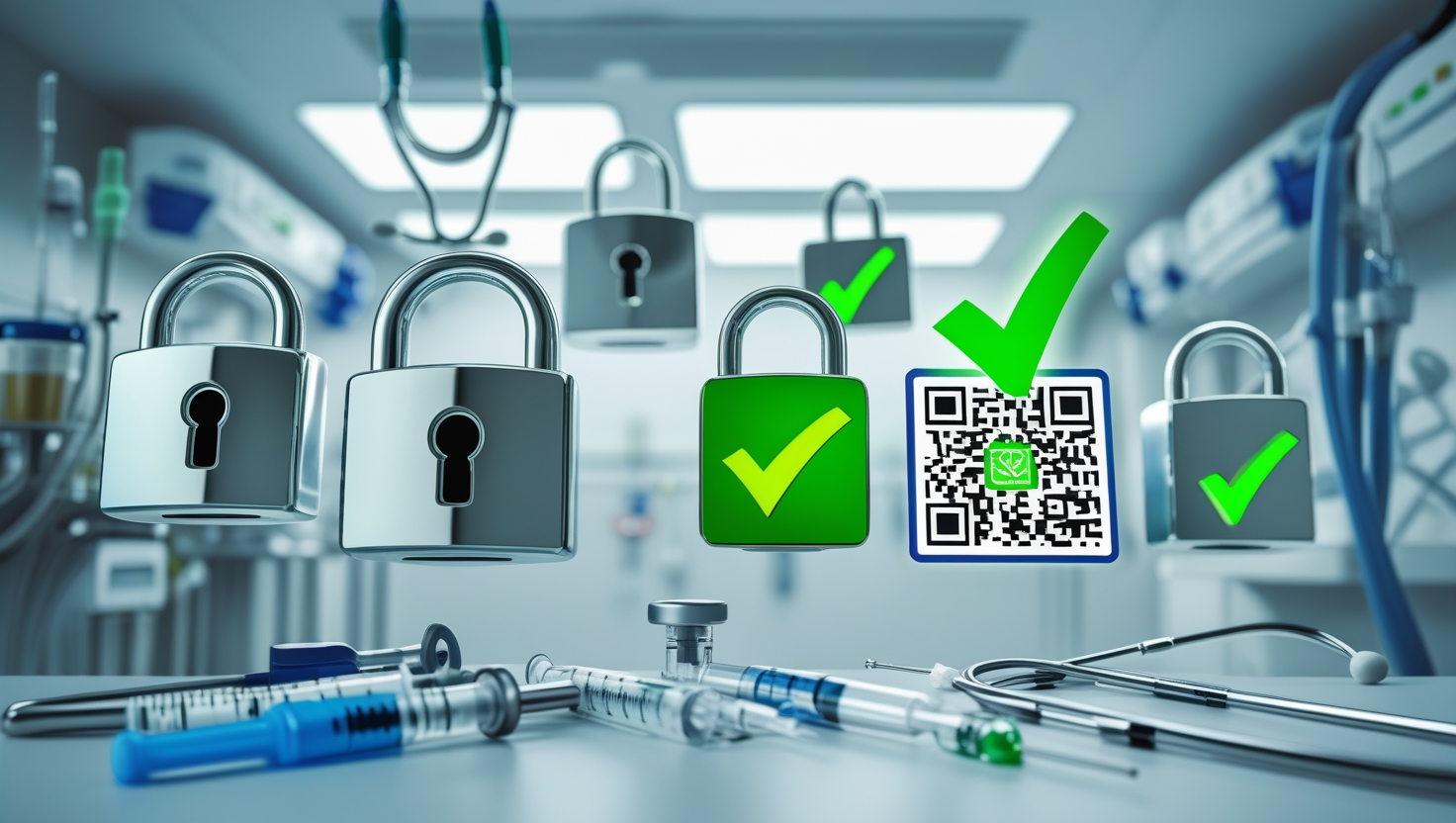In the world of healthcare, patient safety is paramount—and counterfeit medical devices pose a dangerous threat to that safety. From fake surgical tools to imitation diagnostic equipment, these unauthorized products not only compromise treatment quality but also damage the reputation and trustworthiness of genuine brands. As the healthcare industry continues to evolve with advanced technology and growing demand, protecting your medical device brand from copycats has become more crucial than ever. One effective and legal way to safeguard your brand is by registering it under Trademark Class 10.
This guide dives deep into what Class 10 trademarks cover, why they matter for medical device businesses, and how they help stop counterfeiting at its root.
Understanding Trademark Class 10
Trademark Class 10 is one of the 45 trademark classifications under the Nice Classification system. This specific class is designated for:
“Surgical, medical, dental and veterinary apparatus and instruments.”
This includes everything from surgical tools and diagnostic machines to prosthetic limbs and medical gloves. If you’re manufacturing or selling any kind of healthcare-related device, this is the class you’ll need to register under.
Common Products in Class 10
Here’s a closer look at what falls under Class 10:
- Surgical Instruments (scalpels, forceps, clamps)
- Medical Devices (ECG machines, stethoscopes, thermometers)
- Dental Equipment (dental drills, dental chairs)
- Orthopedic Items (prosthetics, orthopedic braces)
- Diagnostic Apparatus (blood pressure monitors, glucose meters)
- Veterinary Instruments (animal surgical tools, examination tools)
If your product fits in this list or is even remotely medical or surgical in nature, it likely belongs in Class 10.
The Counterfeit Threat in the Medical Industry
Counterfeiting is no longer restricted to luxury brands or fashion. Medical devices are now a major target for counterfeiters, especially in markets where healthcare access is limited, or where regulations are loosely enforced. These fake products often:
- Lack quality control
- Use substandard materials
- Fail to meet medical standards
- Endanger patient health
Imagine a counterfeit stent failing during heart surgery or a fake thermometer giving incorrect readings for a newborn baby. The consequences aren’t just legal—they’re life-threatening.
How a Class 10 Trademark Helps Stop Counterfeiting
Registering your medical device brand under Class 10 offers several layers of protection. Here’s how it helps:
1. Legal Ownership and Exclusivity
Once registered, your trademark becomes your intellectual property. This gives you exclusive rights to use that name or logo on Class 10 products across India (or the countries where it’s registered). Any unauthorized use by another party can be legally challenged.
2. Deterrence through Public Record
Your trademark is listed in the public domain via the official trademark database. Counterfeiters who do their due diligence (or even casual buyers) can easily verify whether a brand is registered. This visibility acts as a deterrent.
3. Easier Legal Action
If someone tries to replicate your brand, logo, or packaging, you can issue a cease-and-desist letter or take them to court. Having a registered Class 10 trademark makes your claim solid and enforceable.
4. Customs and Border Protection
With a registered trademark, you can also enlist the help of Indian Customs. They have the authority to block and seize shipments of counterfeit goods at the border if they infringe on your trademark rights.
5. Market Trust and Brand Value
Doctors, hospitals, and patients are more likely to trust products that come from a registered brand. Your trademark serves as a seal of authenticity—this is particularly important in a market where lives are on the line.
How to Register Your Trademark in Class 10
Let’s walk through the steps of trademark registration tailored specifically for Class 10 medical device businesses.
Step 1: Trademark Search
Use the IP India Trademark Public Search Tool to ensure your desired brand name/logo is not already taken. Be sure to search specifically in Class 10.
Step 2: Identify Your Goods
Be clear and specific about the type of devices you’re registering. This will help avoid objections or misclassification.
Step 3: File Your Trademark Application
You can file online via the IP India portal. You’ll need:
- Brand Name and Logo (if applicable)
- Details of the applicant (company or individual)
- Power of Attorney (if applying through an agent)
- Goods/Services description
Step 4: Government Review
Once submitted, the application goes through examination. If there are no objections or oppositions, it moves toward registration.
Step 5: Trademark Certificate
Once approved, you’ll receive your official registration certificate. Your trademark is now legally protected under Class 10.
Common Mistakes to Avoid
To ensure smooth registration and better protection against counterfeiters, avoid these errors:
- Using Generic Descriptions (e.g., “medical equipment” instead of “digital blood pressure monitor”)
- Not Performing a Trademark Search
- Using Unregistrable Names (common, descriptive, or misleading terms)
- Failing to Monitor Your Trademark
- Not Taking Legal Action Promptly
Real-World Example: How One Brand Fought Back
A Delhi-based startup making surgical staplers began facing issues with copycat products using similar packaging and branding. After registering their trademark under Class 10 and filing complaints, they were able to:
- Get counterfeit listings removed from e-commerce platforms
- Notify medical suppliers of the fake versions
- Report violations to customs, leading to import seizure
This real case shows how timely trademark registration can act as a powerful tool against brand dilution and health risks.
Class 10 Trademark: FAQs
Q1: Can I register multiple products under one Class 10 application?
Yes, as long as all products fall under Class 10, they can be listed in a single application.
Q2: What’s the validity of a Class 10 trademark?
Once registered, it is valid for 10 years and can be renewed indefinitely.
Q3: Can I trademark a product shape or packaging design?
Yes, if it’s distinctive and not functional, you can register it as a “shape mark” or “trade dress.”
Final Thoughts
In an industry where trust and precision matter, protecting your brand is more than a formality—it’s a responsibility. Whether you manufacture surgical instruments or sell diagnostic devices, a Class 10 trademark acts as a shield against counterfeiting and a statement of authenticity.
Don’t let your years of innovation and brand-building fall into the hands of counterfeiters. Secure your trademark today and build a legacy of safety, quality, and trust.
About VMK Professionals
At VMK Professionals, we specialize in end-to-end trademark registration services, with deep expertise in Class 10 medical device trademarks. From comprehensive searches and application filing to responding to objections and ensuring enforcement, our legal experts guide you every step of the way.
With clients across India and a strong track record in healthcare compliance, VMK Professionals is your reliable partner in brand protection. Whether you’re a startup launching surgical tools or an established medical brand looking to expand, we help you stay safe, stay legal, and stay ahead.
📞 Contact us today to protect your brand.


